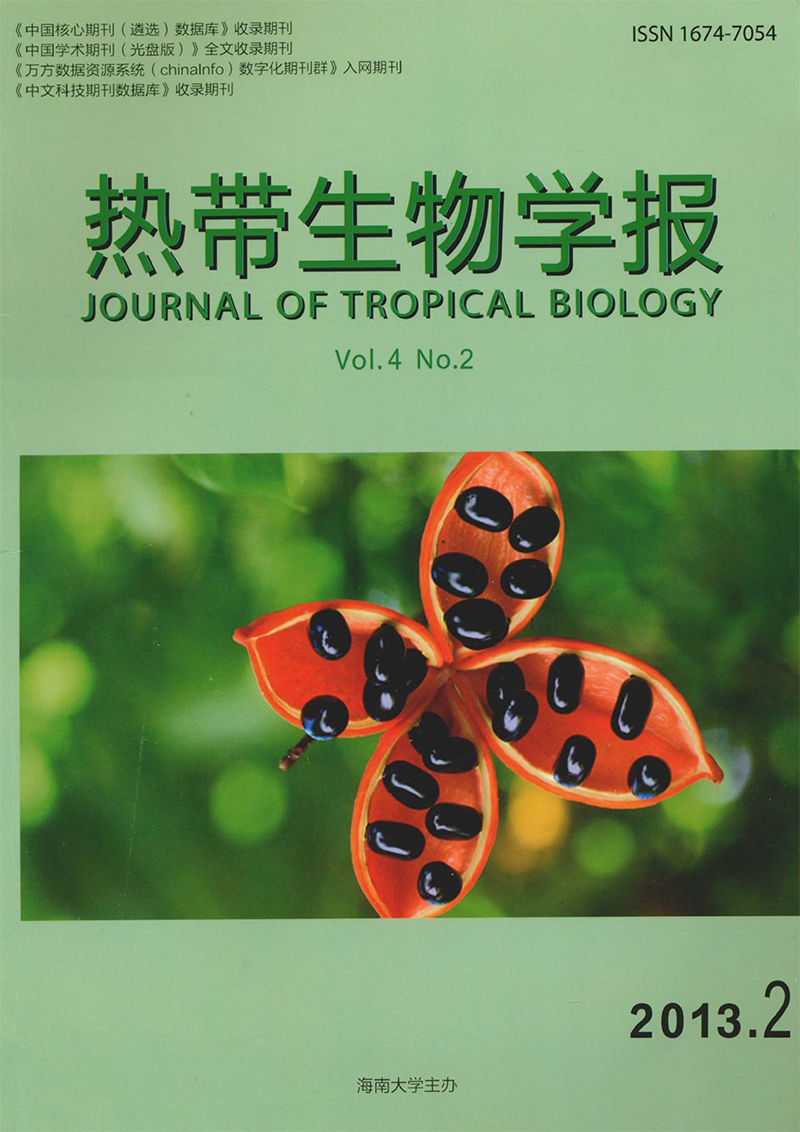Preliminary Study on the Salt Stress Defense Mechanisms of Ceriops tagal Root
doi: 10.15886/j.cnki.rdswxb.2013.02.002
- Received Date: 2013-04-12
-
Key words:
- mangrove /
- Ceriops tagal /
- salt stress /
- antioxidant defense system
Abstract: Mangroves are woody plants that grow along tropical and subtropical coasts and form clumpy stands in intertidal zones. The anatomical and physiological features associated with their salt-tolerant lifestyles have not been well characterized,little is known about the impact of defensive enzymes on their adaptation to these saline environments. In this study,the enzyme activity of superoxide dismutase (SOD), peroxidase (POD), ascorbic acid(ASA) and Malondialdehyde (MDA) in the C. tagal roots treated by four concentrations (0,150,300,450 mmol·L-1 ) of NaCl were studied in a greenhouse of Hainan University,Haikou,China. The results showed that the activity of MDA had a sharp increase at early stressed time,and this signal induces the appearance of antioxidative defensive system,including a certain increase of SOD,POD,ASA. which indicated that cell plasma membrane of C. tagal roots had rather strong resistance to the injury of salt ion. These results established a theoretical foundation for salt tolerance mechanism of C. tagal.
| Citation: | ZANG Jian, FU Xiumei, WANG Heming, LIN Daozhe, WU Hui, CHEN Jianmiao, CHEN Yinhua. Preliminary Study on the Salt Stress Defense Mechanisms of Ceriops tagal Root[J]. Journal of Tropical Biology, 2013, 4(2): 160-164. doi: 10.15886/j.cnki.rdswxb.2013.02.002 |






 DownLoad:
DownLoad: